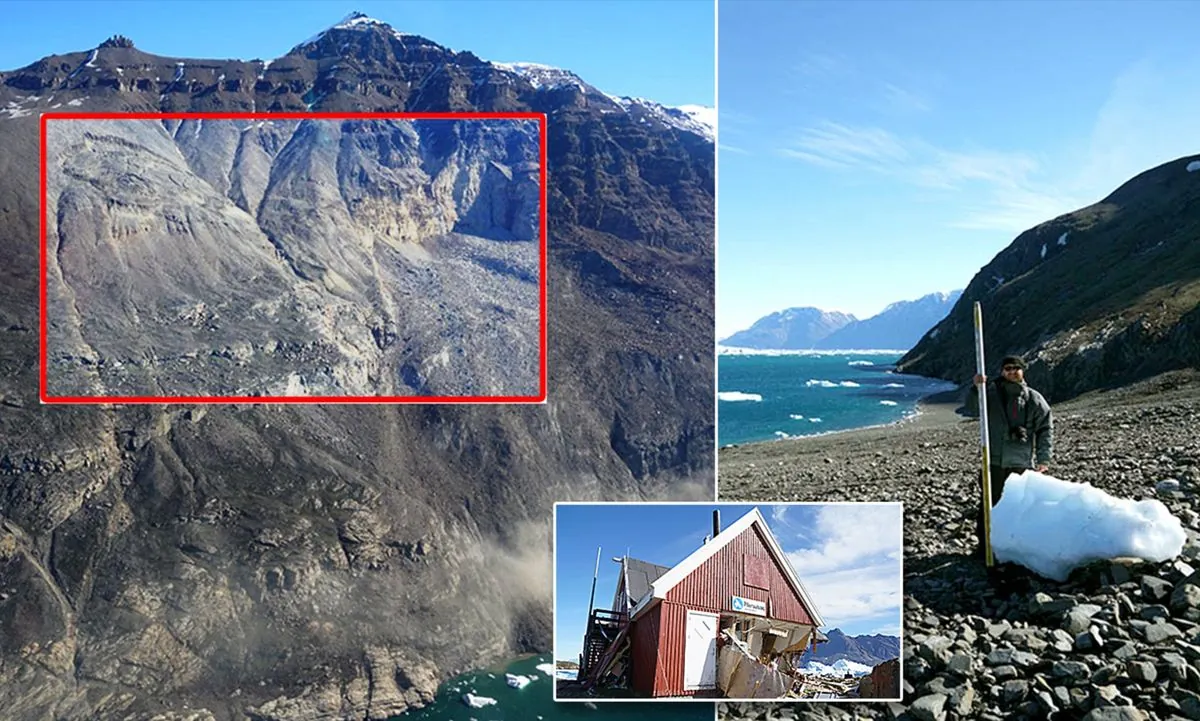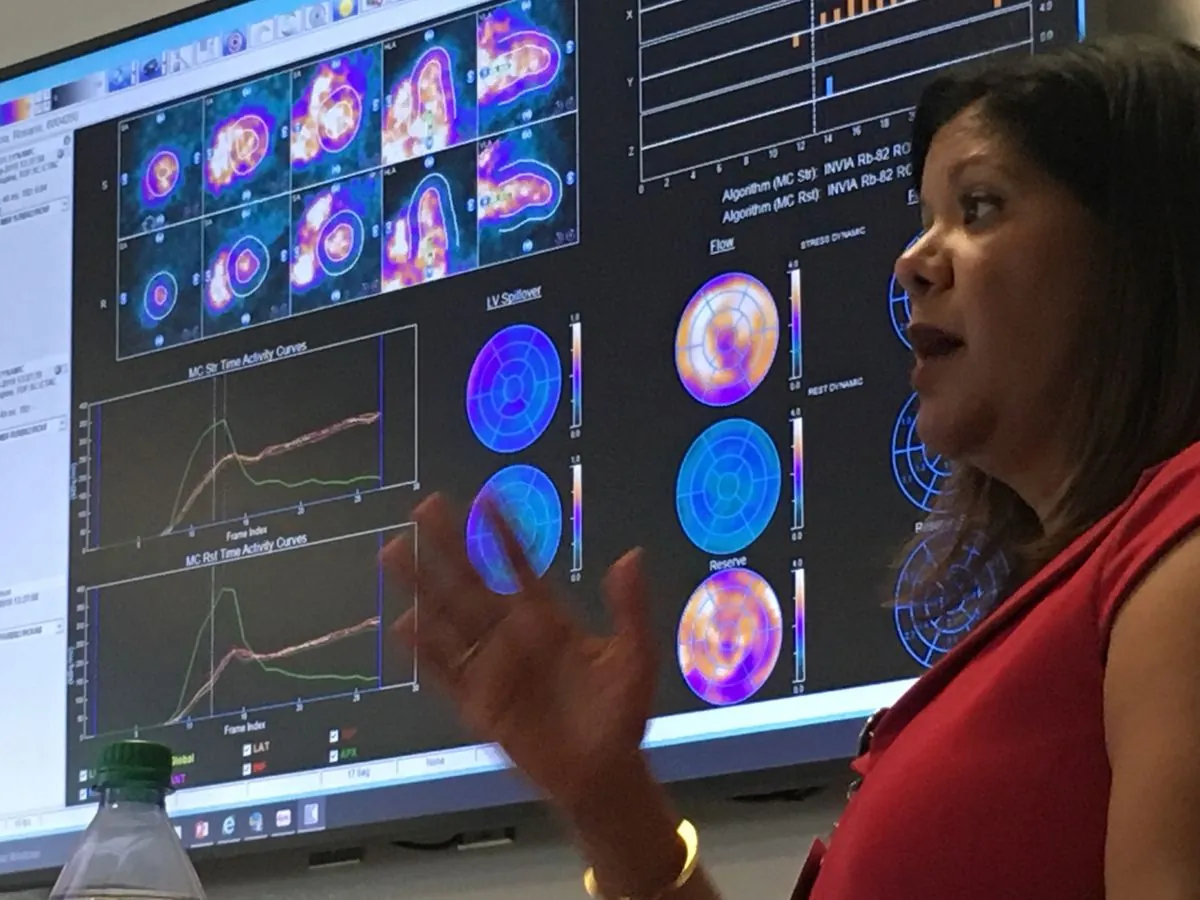Greenland Megatsunami Causes Global Vibrations for Nine Days
A massive landslide in Greenland triggered a megatsunami in 2023, causing worldwide vibrations for nine days. Scientists link the event to climate change, highlighting interconnections between Earth's systems.

In September 2023, a colossal landslide in eastern Greenland triggered a megatsunami that sent ripples through the planet for nine days, according to a recent scientific study. The event, which occurred in the Dickson fjord, showcases the far-reaching impacts of climate change on Earth's geological processes.
Stephen Hicks, co-author of the study, described the seismic signal as "completely baffling," noting its unprecedented nature. The event began on September 16, 2023, at 11:35 am BST, when a 1.2km-tall mountain peak collapsed, releasing 25 million cubic meters of rock and ice into the fjord. This volume is equivalent to filling 10,000 Olympic-sized swimming pools.
The resulting tsunami reached staggering heights of up to 110 meters and traveled at speeds of 105 mph within the fjord. As the wave settled, it formed a seiche - a standing wave in an enclosed body of water - that continued to oscillate for days. This phenomenon allowed scientists to detect vibrations globally every 92 seconds for nine days following the event.

Researchers attribute the landslide to the weakening of a glacier that previously supported the mountain face. This weakening is a direct consequence of climate change, which has led to significant ice loss in Greenland. The island loses an average of 286 billion tons of ice annually, contributing to rising global sea levels.
The study of this event has revealed intricate connections between various Earth systems. Kristian Svennevig, the lead author from the Geological Survey of Denmark and Greenland, emphasized the significance of this observation, stating, "This is the first-ever landslide and tsunami observed from eastern Greenland, showing how climate change already has major impacts there."
The research team employed satellite imagery, mathematical models, and seismic data to reconstruct the event and its aftermath. Their findings highlight the importance of interdisciplinary approaches in understanding complex geological phenomena.
While the megatsunami's power was immense, fortunately, no one was harmed due to the remote location of the fjord. However, the event serves as a stark reminder of the potential dangers posed by climate-induced geological changes, especially in areas frequented by cruise ships or human settlements.
This Greenland megatsunami joins the ranks of other significant tsunami events in history, such as the 1958 Lituya Bay, Alaska tsunami, which reached a record height of 1,720 feet. As climate change continues to alter the cryosphere, scientists warn of the potential for more frequent and severe geological events in polar regions.
The study, published in the journal Science, underscores the need for continued monitoring and research in vulnerable areas. As the Earth's systems become increasingly interconnected due to climate change, understanding these complex relationships becomes crucial for predicting and mitigating future hazards.
"Our study of this event amazingly highlights the intricate interconnections between climate change in the atmosphere, destabilisation of glacier ice in the cryosphere, movements of water bodies in the hydrosphere, and Earth's solid crust in the lithosphere."
This groundbreaking research not only sheds light on the immediate impacts of climate change but also demonstrates the global reach of localized events. As we continue to grapple with the consequences of a warming planet, studies like this provide valuable insights into the complex workings of Earth's geological systems.


































